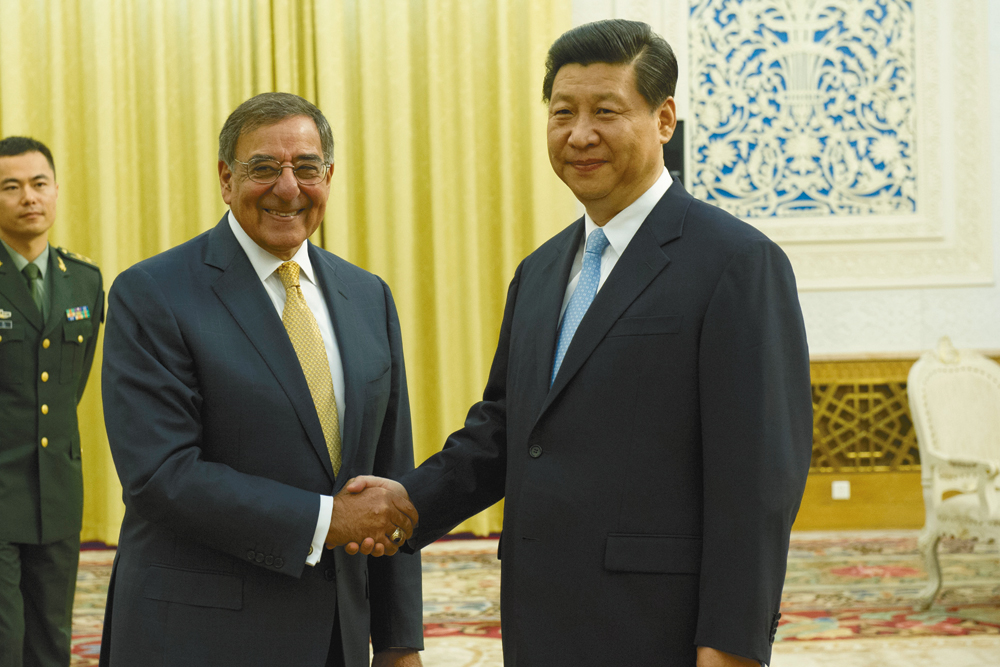PSU fundraising: good start, but not enough
PSU’s October announcement that the university is implementing a fundraising campaign with a $100 million benchmark, the first of its kind in the university’s 58-year history, may have been a crucial step in establishing a degree of independence from the effects of a less-than-sound state budget. However, following the recent commencement of a similar plan by University of Oregon to raise six times that amount by 2008, some are asking how Oregon’s largest university’s fundraising ambitions could be dwarfed so dramatically by other universities in the region.
After five years of quietly planning and raising a substantial $74 million of their initial $90 million goal, PSU announced in October 2004 the onset of the "Building Our Future" campaign, a fundraising effort with "a goal of raising $100 million in private support for PSU students, faculty, buildings, research and programs."
Diminishing state support for higher education has prompted public universities nationwide to seek funding in private sectors.
State funding for Oregon’s seven public universities alone has been cut in half since 1987.
According to PSU Budget Director Michael Fung, the percentage of overall funding garnered from the state has dropped from 51 percent in the fiscal years 1999-2001 to 36 percent in fiscal years 2003-2005, while tuition, fees and other sources of revenue have increased to fill the growing void.
By turning to private sources, universities can alleviate some financial strains that stem from unreliable state funding and possibly prevent dramatic tuition increases.
"Decreasing revenue from state and increasing tuition," said Cassie McVeety, vice president of university relations, "we are concerned about both."
Still, with U of O targeting $600 million in private funds, some are questioning why PSU’s campaign goals are not more ambitious.
McVeety said that the current campaign goal is in no way a reflection of the needs of the university.
"I think we need more," she said. "We have a lot more than $100 million worth of needs."
McVeety explained the target number was determined by a "feasibility study" conducted by PSU, which identified a number of factors that prevent PSU from asking for more at this time, including a lack of infrastructure dedicated solely to fundraising operations and the relatively young age of the university itself.
"We don’t have the infrastructure," McVeety said. "We’re the newcomer in the state for higher education."
"In order for us to compete," she said, "we need to grow our infrastructure."
There is an apparent correlative connection between the size of a university’s fundraising infrastructure and the size of their fundraising goals. U of O currently has 65 people devoted solely to fundraising operations, whereas PSU has 15.
This connection seems to be relatively consistent across the board. For example, the University of Wisconsin at Milwaukee, with a 20-person infrastructure, is currently targeting $100 million in private funds, whereas Wayne State University in Detroit, Mich., which has a 61-person infrastructure, is targeting $500 million.
In determining the campaign’s goals, each college dean accumulated a list of priorities, which were then refined by the campaign committee. Each college will conduct its own fundraising programs.
Planning for the "Building Our Future" campaign began back in 1999, and the campaign was first implemented in mid-2001. It wasn’t until late October 2004 that the university announced its intentions. Currently, PSU has raised $76 million.
U of O, too, kept its campaign under wraps for the last few years, quietly raising $300 million before going public.
McVeety said this "quiet phase" is a common facet of university fundraising – a way of demonstrating to the public and prospective contributors that the funding process has momentum and the goal is feasible.
"That’s kind of the rule of thumb," McVeety said. "People want to be on the winning team."
McVeety said she thinks the "Building Our Future" campaign is emblematic of impending growth and improvement for PSU and that its benefits will allow for more ambitious campaigns in the future.
Portland State has seen a major increase in large-amount donations over the past decade. When President Daniel Bernstine arrived at PSU eight years ago, the university had only received two donations over $1 million. Since then, the university has received 24, including an $8 million donation from alumnus Dr. Fariborz Maseeh, the largest single donation in PSU’s history.
"I think it’s a signal that people are much more interested in investing in PSU," she said. "That’s why we call the campaign ‘Building Our Future.’ We’re investing in our students, and that’s the future."



